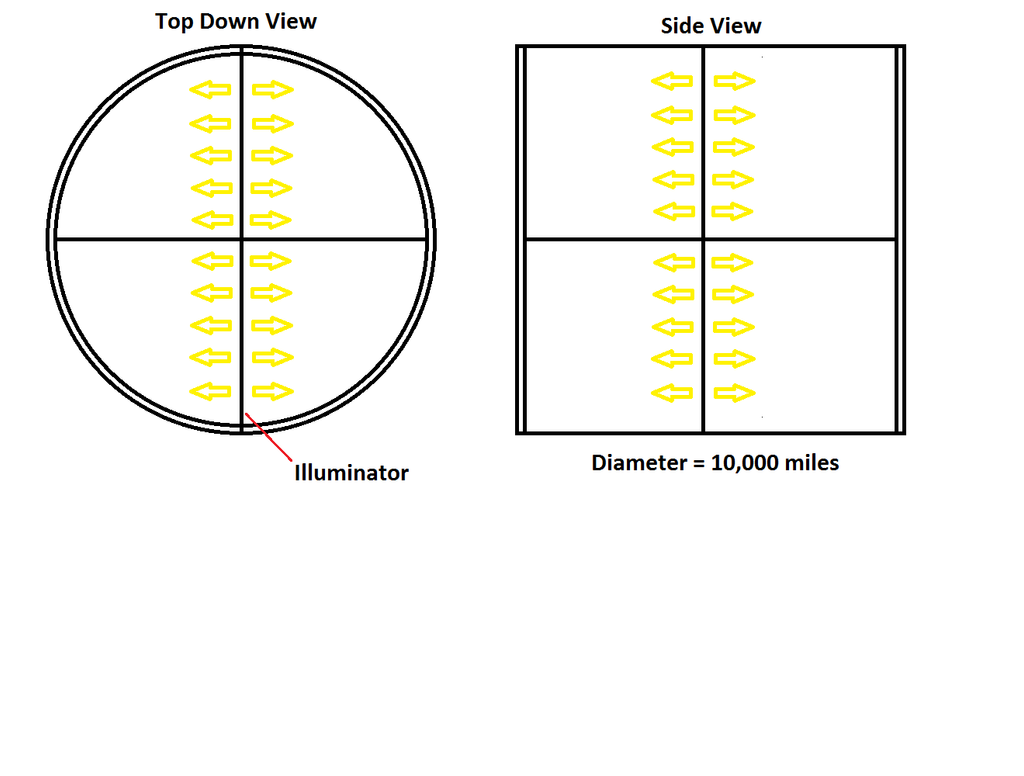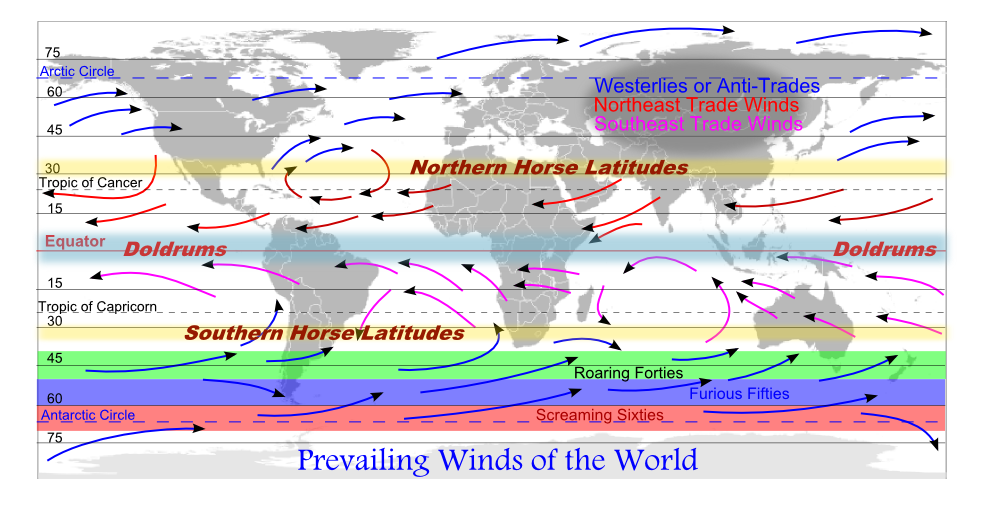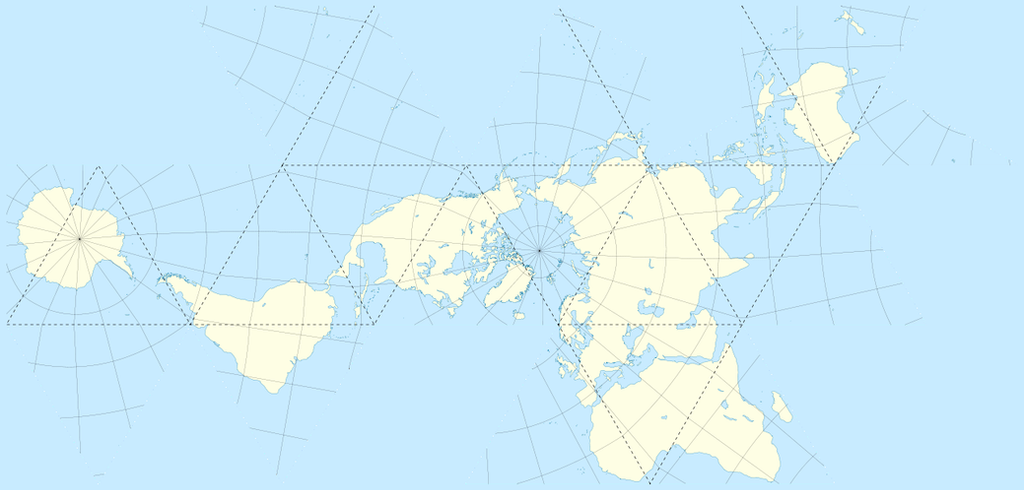New Mars Forums
You are not logged in.
- Topics: Active | Unanswered
Announcement
Pages: 1
#1 2016-05-07 00:59:58
- Tom Kalbfus
- Banned
- Registered: 2006-08-16
- Posts: 4,401
Terraforming NoPlanet

NoPlanet is a planet that does not yet exist, its orbital characteristics are the same as the Dwarf Planet Ceres in the Asteroid Belt, as there is plenty of construction material available to build this planet. The accompanying diagram shows a top down and side view of this construct, which has a diameter of 10,000 miles. Down the center line of this Cylinder is an Illuminator. On it we see projected an image of the Sun, it is actually a virtual image produced by a bank of lasers, the lasers include all the colors of the visible spectrum that are combined to produce sun like white light. The Center line projects this virtual image of the Sun, rising from the South Pole arcing overhead and then setting at the North Pole. The centerline actually rotates with the Cylinder and does not move with relation to it. When one side is projecting day the opposite side is projecting night.
Aphelion 2.9773 AU (445,410,000 km)
Perihelion 2.5577 AU (382,620,000 km)
Semi-major axis 2.7675 AU (414,010,000 km)
Eccentricity 0.075823
Orbital period 4.60 yr 1,681.63 d
Synodic period 466.6 d 1.278 yr
Average orbital speed 17.905 km/s
Mean anomaly 95.9891°
Inclination 10.593° to ecliptic 9.20° to invariable plane
Longitude of ascending node 80.3293°
Argument of perihelion 72.5220°
Diameter 16093.44 km
Axial Length 16093.44 km
Rotation 134 minutes
Last edited by Tom Kalbfus (2016-05-07 07:54:48)
Offline
Like button can go here
#2 2016-05-07 08:28:01
- Antius
- Member
- From: Cumbria, UK
- Registered: 2007-05-22
- Posts: 1,003
Re: Terraforming NoPlanet
Interesting idea. A giant O'neill cylinder. Why 10,000 miles in diameter? Why not build lots of 10 mile diameter cylinders instead? Also, does the whole cylinder need to rotate or just the bits where people live?
Offline
Like button can go here
#3 2016-05-07 09:13:23
- Tom Kalbfus
- Banned
- Registered: 2006-08-16
- Posts: 4,401
Re: Terraforming NoPlanet
It was a nice round number, also if we used small cylinder, it wouldn't really be terraforming. Also it generates climatic zones from the poles to the equator. The equator in this case is perpendicular to the axis or rotation, this generates some interesting prevailing winds. If the cylinder rotates counter-clockwise, warm air that rises above the "Equator" would move in the spinward counter-clockwise direction relative to the cylinder, as the air cools, it will move in the anti-spinward or clockwise direction in relation to the cylinder. Not quite Earth like!
I have a solution to the prevailing wind problem:
Notice the habitat area has a ceiling. (It is not drawn to scale by the way) What if the ceiling was above all the weather, the clouds the precipitation everything, this would be about 10 miles up, the air is pretty dry up here, but it does weigh something. What if in this roof, we had a series of ducts and fans, We such the air in some places, creating low pressure zones where the winds near the surface flow into, and we blow the air through the ducts to other places and deposit it back into the atmosphere creating high pressure zones where the winds flow away from. It will take energy to do this, to force the wind to move in a direction where it otherwise would not, but so what?

The prevailing winds on NoPlanet can be forced by a system of fans and airducts to follow a pattern that looks like this
Also because I chose a diameter of 10,000 miles, the distances migratory animals have to travel due to the extra distances involved would be 25% greater, we can compensate by making the year 25% longer to give those animals extra time, if needed. This would produce a year that is 456.25 days long with 114 days per season instead of 90. Seem fair enough? and with water pumps and pipes we can simulate tides, we can project an image of the Moon that rises and sets in the ceiling, so a person in the surface of this cylinder would be treated to an illusion that he was actually on a planet. The negatively curved landscape would be eclipsed by the ceiling's horizon, all the ceiling would allow through would be the projected images of the Sun, Moon and Stars, and the fact that it is 10,000 miles in diameter instead of Earth's almost 8,000 miles, would make this curvature flatter, and hopefully less noticeable, so as not to disturb the illusion of one standing on the surface of a planet rather than on the inside of a rotating cylinder. An a small scale centrifugal force would be indistinguishable from gravity. If you dropped a ball, it would be hard to tell the difference between the path it takes in the cylinder and the path it would take on Earth.
Last edited by Tom Kalbfus (2016-05-07 11:00:38)
Offline
Like button can go here
#4 2016-05-07 17:23:43
- Tom Kalbfus
- Banned
- Registered: 2006-08-16
- Posts: 4,401
Re: Terraforming NoPlanet
Interesting idea. A giant O'neill cylinder. Why 10,000 miles in diameter? Why not build lots of 10 mile diameter cylinders instead? Also, does the whole cylinder need to rotate or just the bits where people live?
There are brace rings on the underside (that is outside the Cylinder floor walls.) These brace rings an thick and massive, and they also do not rotate, there is a maglev surface on the inside of the ring, and a maglev surface opposite the maglev ring on the outside of the Cylinder. the two maglev surfaces magnetically repel each other and allow the two surfaces to slide past each other without touching. The brace ring magnetically compresses the rotating cylinder so it doesn't break apart under centrifugal force. The brace rings are made up of the hardest substance known to man, either diamond or carbon nanotubes, which ever is easier to make. The brace rings are thick enough to have enough tensile strength to keep the cylinder from breaking apart.
The landscape on the inside of the cylinder is supported by beams and struts with a lot of hollow spaces underneath. Most people live underground, in structures resembling "Hobbit Holes" taking advantage of all the space underneath the fake natural landscape on top. Also underground are transportation networks, a subway system for rapid transit between stations on the cylinder Oceans and other bodies of water are as deep as they need to be, no more than half a kilometer in depth, which makes for about 500 tons per square meter on the ocean floor of water pressure or about 50 atmospheres of water pressure. Allowances are made for similar weight load for land, and because solid materials are more dense than water, there are a lot of hollow spaces underneath the land, to save on mass and on the requirements of the supporting brace rings.
Last edited by Tom Kalbfus (2016-05-07 17:24:19)
Offline
Like button can go here
#5 2016-11-12 14:09:12
- Tom Kalbfus
- Banned
- Registered: 2006-08-16
- Posts: 4,401
Re: Terraforming NoPlanet
Here is another related idea In this case its a cylinder that rotates once every 90 minutes.
The continents are relatively undistorted
This world comes with its own fusion powered light source, it need not orbit a star. One idea is to have it orbit the fifth gas giant orbiting The Sun, this planet is projected to have around ten Earth masses, it has a perihelion of 200 AU, a Semi-major axis of 700 AU, and an Aphelion of 1200 AU, and an orbital period of 10,000 to 20,000 years. Because it has an artificial sky (the inner cylinder) you can project whatever latitude of daylight on the inner habitable surface of the outer cylinder. I think if the inner cylinder touches the atmosphere, it can regulate local air pressure using a ventilation system and fans, this occurs high in the atmosphere above the breathable portion, but you can create low and high pressure air masses and adding and subtraction air to various places, causing winds to flow in the desired direction, simulating a rotating planet.
Offline
Like button can go here
#6 2016-11-13 11:34:01
- Void
- Member
- Registered: 2011-12-29
- Posts: 8,987
Re: Terraforming NoPlanet
I will give you this Tom, to me the notions are really way out there, but it is a path as to how to handle Stars which are relatively not like our sun, and planemo objects which are not like our Earth. Since most stars, and planemo's are not like our Sol and Earth, it is good to see you working on this. I think that you might consider scaling it down a bit at the start at least.
Wild speculation, but if the Q-Drive works, then I would think something like that could go places ![]()
Is it possible that the root of political science claims is to produce white collar jobs for people who paid for an education and do not want a real job?
Offline
Like button can go here
#7 2016-11-20 09:30:17
- Tom Kalbfus
- Banned
- Registered: 2006-08-16
- Posts: 4,401
Re: Terraforming NoPlanet
You could have a cylinder that was 100 miles in diameter and an inner cylinder that is 90 miles in diameter. If you climb the highest mountain, you can then touch the sky. In this case both cylinders would rotate together. Keeping the same proportions as an O'Neill Cylinder, it would be 500 miles long. You have a smaller scale fusion reactor and illumination tube.
This Spin gravity calculator http://www.geocities.ws/charleswgriswold/SpinGrav.html gives a spin rate of 9.503700668335746 minutes per rotation.
Offline
Like button can go here
Pages: 1